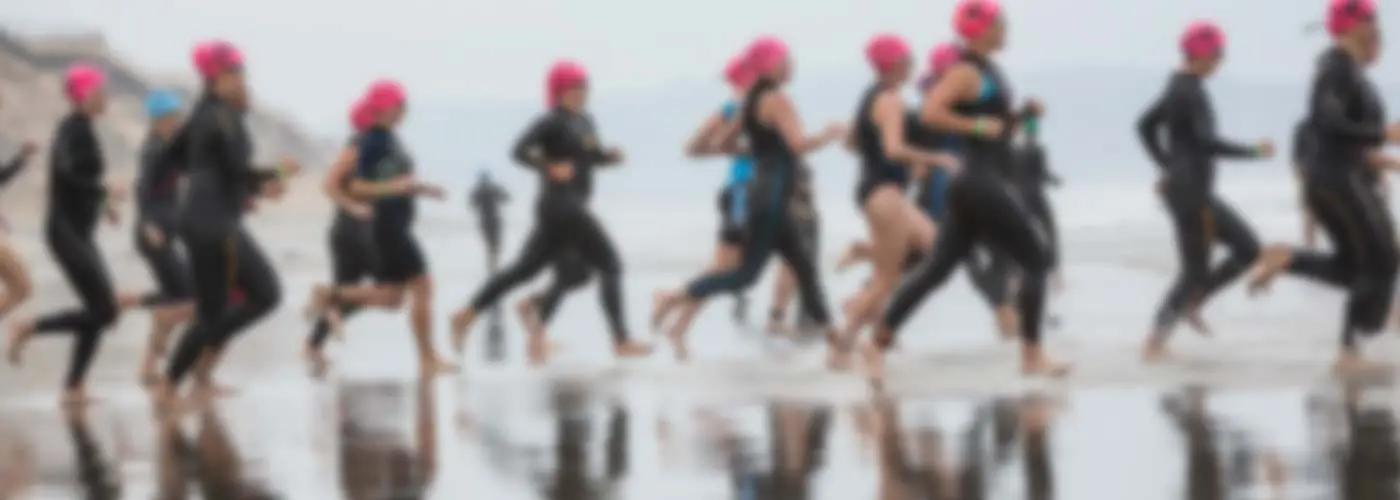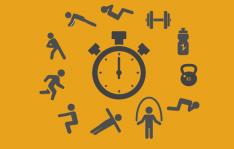The competitive triathlete doesn't have to wait (or travel to Orange County) to take advantage of some of the restoration/recovery wisdom that Bethke has compiled over the years. In addition to a progressive strength program that he abides by, Bethke reports that using simple restorative tools make a huge impact. Daily use of items like a foam roller allowed him to develop into a world-class athlete despite having, as he puts it, "two screws in my leg."
More: 6 Self-Care Tools to Keep on Hand
Bethke also says that for any athlete trying to upgrade their running form, performing self-massage on the calf muscles is invaluable. "When I changed my running form during my senior year of high school, it was like I had rocks in my calves." Performing constant therapy helped him get over the hump and also engrain the new running technique. (Bethke adds that the running form overhaul took a year, but it was worth it: the new running form helped him make huge breakthroughs in speed.)
For daily physical maintenance, Bethke's basic routine is the following:
Items needed: A foam roller, a massage stick and either a lacrosse ball or Trigger Point Therapy ball.
- Set a timer. Use your watch or your smart phone to set a timer so that it beeps every minute.
- The feet. Roll the ball under each foot for one minute. Hunt out any particular hot spots and apply good pressure.
- Using the massage stick, go after the calf muscles, one minute per leg. If you find any deep knots, spend some extra time with the ball digging in and across the knot.
- Quads. Put the roller on the ground and lay down on it so you can roll out your quad muscles, one minute each side.
- IT bands. Roll out each IT band, one-minute each. A minute doesn't sound very long until you get to this one.
- Hamstrings. Using the roller, roll out the hamstrings, one minute per side.
- Glutes. Spend a final couple of minutes rolling out each hip and also the lower back. An additional tool can be a softball or softball-size mobility ball, which can also be used to work out any knots in the gluteus muscles.
More: 3 Ways a Foam Roller Can Help Triathletes
 Search for your next triathlon.
Search for your next triathlon.
- 2
- of
- 2
About the Author











Discuss This Article